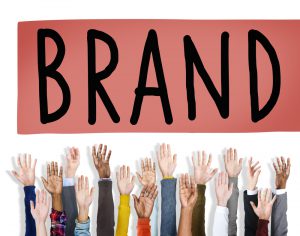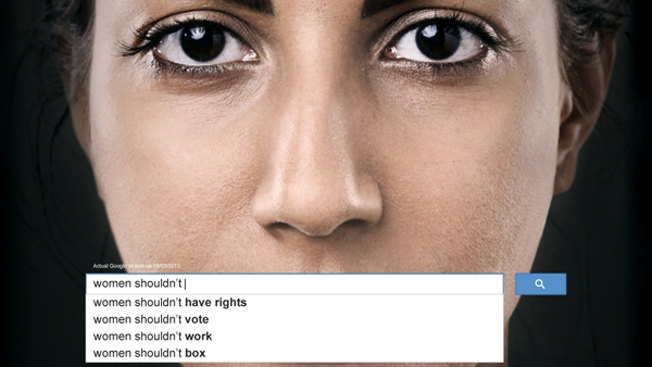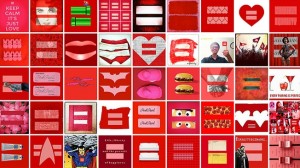Words Matter: How Inclusive Language Can Transform Your Hiring Results
As a recruiter, your job descriptions are so much more than hiring announcements or qualification requirements. They’re the first point of contact between your company and a potential candidate. By incorporating inclusive language into your job description, you can create a compelling and genuinely welcoming posting that gets better results. Here’s why:
- You’ll attract diverse candidates. Crafting language that is inclusive communicates to applicants from all backgrounds that your company is committed to diversity and inclusivity. You can attract more applicants and build a more varied talent pool by showcasing cultural competencies.
- You’ll reduce bias. Using inclusive language in job descriptions can assist in removing bias, which may unintentionally discourage members of particular groups from applying. Words and phrases that are gendered, age-specific or culturally biased can alienate qualified candidates and perpetuate systemic inequalities. Some common instances of unconscious bias may include gender bias (feminine and masculine-coded words), age bias (using words like “digital native” or “seasoned professional”), socioeconomic bias (overemphasizing educational requirements) and racial and ethnic bias (overemphasizing “cultural fit”).
- You’ll promote organizational values. Adopting inclusive language shows that your company values diversity, equity and inclusion. According to an article from Indeed, “Inclusive job descriptions allow you to make a positive impression and send a message that you truly welcome people from all genders, races, religions, abilities and sexual orientations to apply.”
- You’ll help to improve employee retention. The hiring process is the first step in establishing an inclusive workplace. Employers can foster an inclusive culture and increase employee satisfaction and retention rates among diverse talent by utilizing inclusive language in job postings. Author Matt Tenney writes, “Diverse team members can bring a variety of diverse perspectives that boost creativity and problem-solving efforts, which can improve performance and help all team members engage more with their work. High engagement is conducive to high retention.”
- You’ll be legally compliant. Using inclusive language is required by law in many places, making it more than just a matter of good practice. Businesses may be subject to legal risks and potential discrimination lawsuits if job advertising contains discriminatory wording.
By using inclusive language, you elevate your recruitment communications. Instead of telling the world that you’re “hiring qualified candidates,” create a more welcoming and inclusive tone by saying, “welcoming talented individuals.”
If you’re curious to see how well you’re using inclusive language already, get a free assessment from our team.












